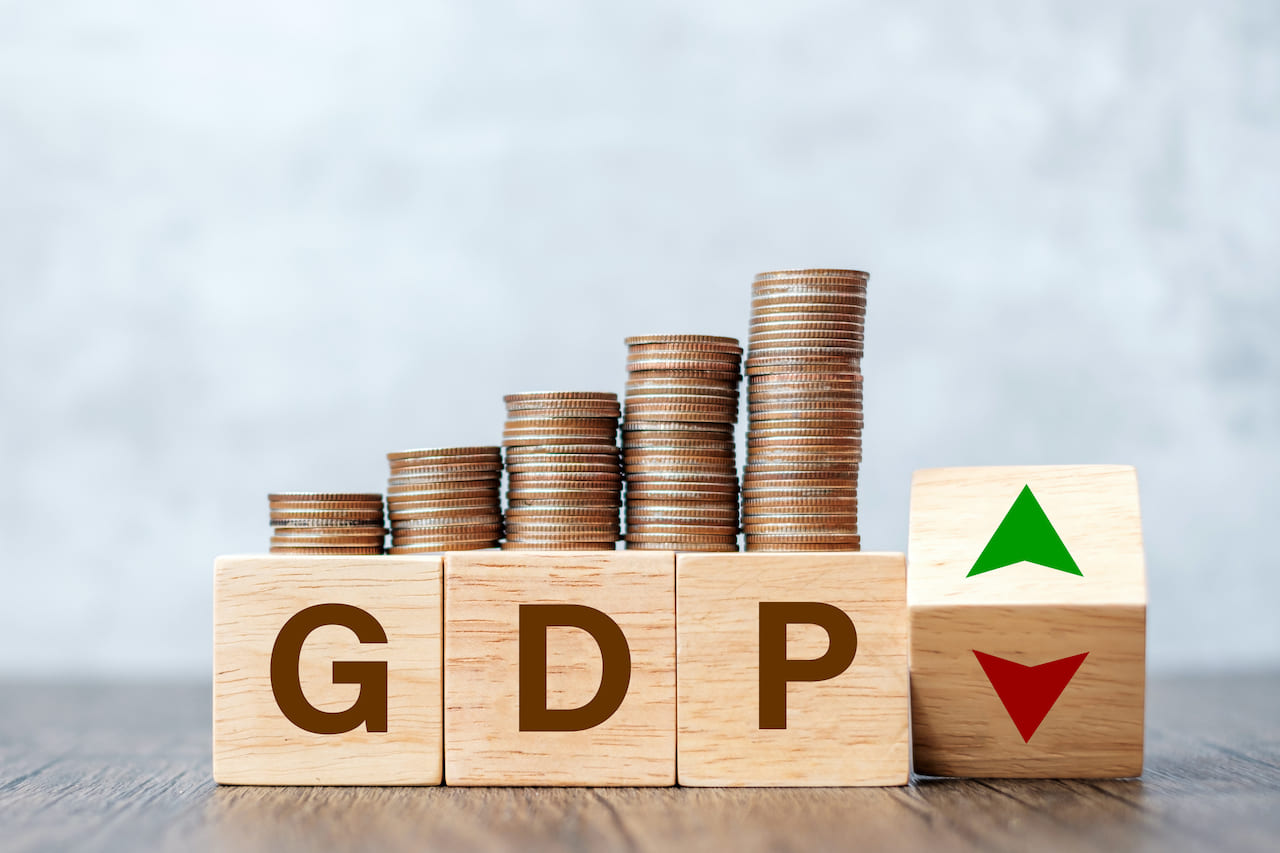
Failing climate action could slash global economic output by 27%
We are headed for 3°C of global warming, at an economic cost eight times higher than what it would take to end global poverty.
Taking serious climate action to meet the Paris Agreement goals isn’t just necessary for the planet. It also makes strong economic sense. Yet no country is currently on track, and global efforts remain slow and insufficient. A paradox, considering the growing economic evidence that keeping temperatures below 2°C is financially beneficial.
That’s the core finding of a joint analysis by Boston Consulting Group (BCG) and the University of Cambridge, which examines the financial risks and opportunities tied to climate action. The message is clear: fighting global warming is not only essential, it’s profitable.
The economic downside of weak climate action
Last year, the planet hit an average global warming level of +1.55°C compared to pre-industrial times. That’s no anomaly. According to the World Meteorological Organization, the ten hottest years on record have all occurred in the past decade. Based on current policies, the world is on track to reach 3°C of warming by the end of the century, well above the Paris Agreement’s target of staying “well below 2°C.”
The report quantifies the economic cost of this trajectory. Without stronger climate action, a 3°C warming scenario could reduce cumulative global economic output by 15–34%.
That translates to a 0.56% drop in annual GDP growth, seemingly small, but economically catastrophic over time.
And these numbers may be conservative. The authors note that current models fail to fully account for the impact of breaching critical tipping points, such as coral reef collapse or Amazon rainforest degradation.
The investment case for climate mitigation and adaptation
To avoid that scenario, the report calls for significant investment in both mitigation and adaptation efforts.
Specifically, climate mitigation investments need to grow ninefold by 2050, while adaptation investments must rise thirteenfold. In total, the required investment amounts to 1–2% of cumulative global economic output through 2100.
The return on climate investment
The returns on these investments are substantial. The report estimates that the net cost of inaction, the economic damage from climate change minus the cost of necessary investments, would total between 11–27% of global economic output through the end of the century.
To put that into perspective: the midpoint of that range is three times the projected global healthcare spending through 2100, and eight times the amount needed to lift every person on Earth above the global poverty line.
Why action still lags: five core barriers
Despite the compelling economic case, the report identifies five main barriers blocking effective climate action:
- lack of awareness among political leaders about the economic advantages of climate action
- time asymmetry between upfront costs (mostly before 2050) and long-term benefits (mostly after 2050)
- uneven distribution of costs and benefits across countries
- risk of economic winners and losers during the transition
- limited understanding of the full scale of economic damage
To overcome these barriers, the authors recommend reframing the public debate around climate costs, increasing transparency on the cost of inaction, and enhancing awareness of the net cost of delay.